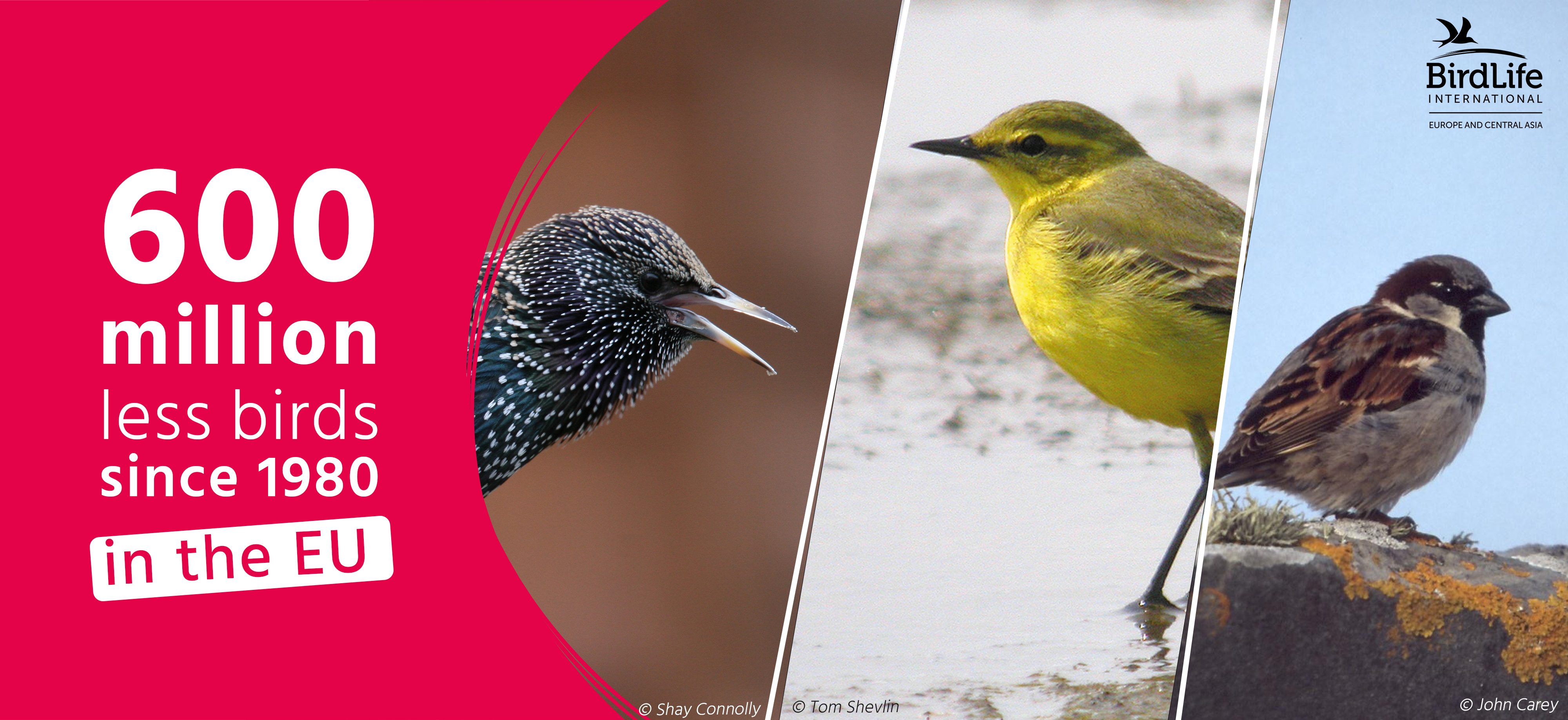A new study on breeding birds in the EU shows one out of every six birds over nearly a 40-year period has been lost. Overall, we have lost around 600 million breeding birds in the EU since 1980.
Scientists comprising a team of European collaborators from RSPB, BirdLife International and the Czech Society for Ornithology analysed data for 378 out of 445 bird species native to countries in the EU.
Between 1980 to 2017, the authors estimate an overall population decline between 17% and 19%, equating to a loss of between 560 and 620 million individual birds. In fact, some 900 million birds have been lost during that period, however, this is set against an increase of around 340 million in certain species. Very large declines in a small number of common species account for a large proportion of these losses and the same is true of the increases.
The study was compiled using data from the European Bird Census Council’s Pan European Common Bird Monitoring Scheme, and mandatory reporting by EU Members States to the European Commission under the EU Birds Directive.
The once ubiquitous house sparrow has been the worst hit. It has lost 50% of its population since 1980, a total of 247 million birds. Its close relative, the tree sparrow, has also lost 30 million birds. Both have been affected in changes in agricultural policy and management, however, house sparrows in cities have also declined. The reasons for these urban declines are not clear but may be linked to food shortage, the spread of avian malaria or the effects of air pollution.
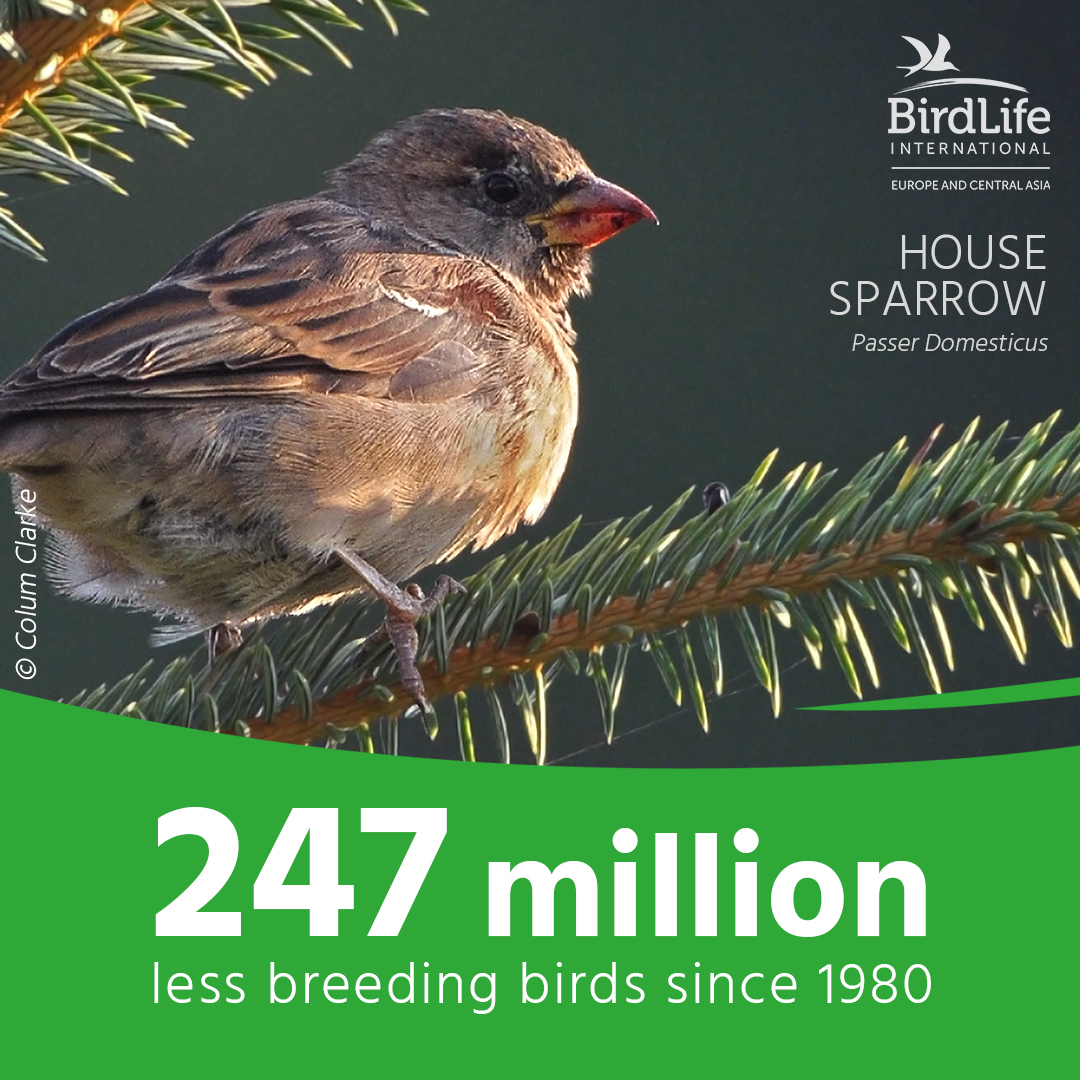
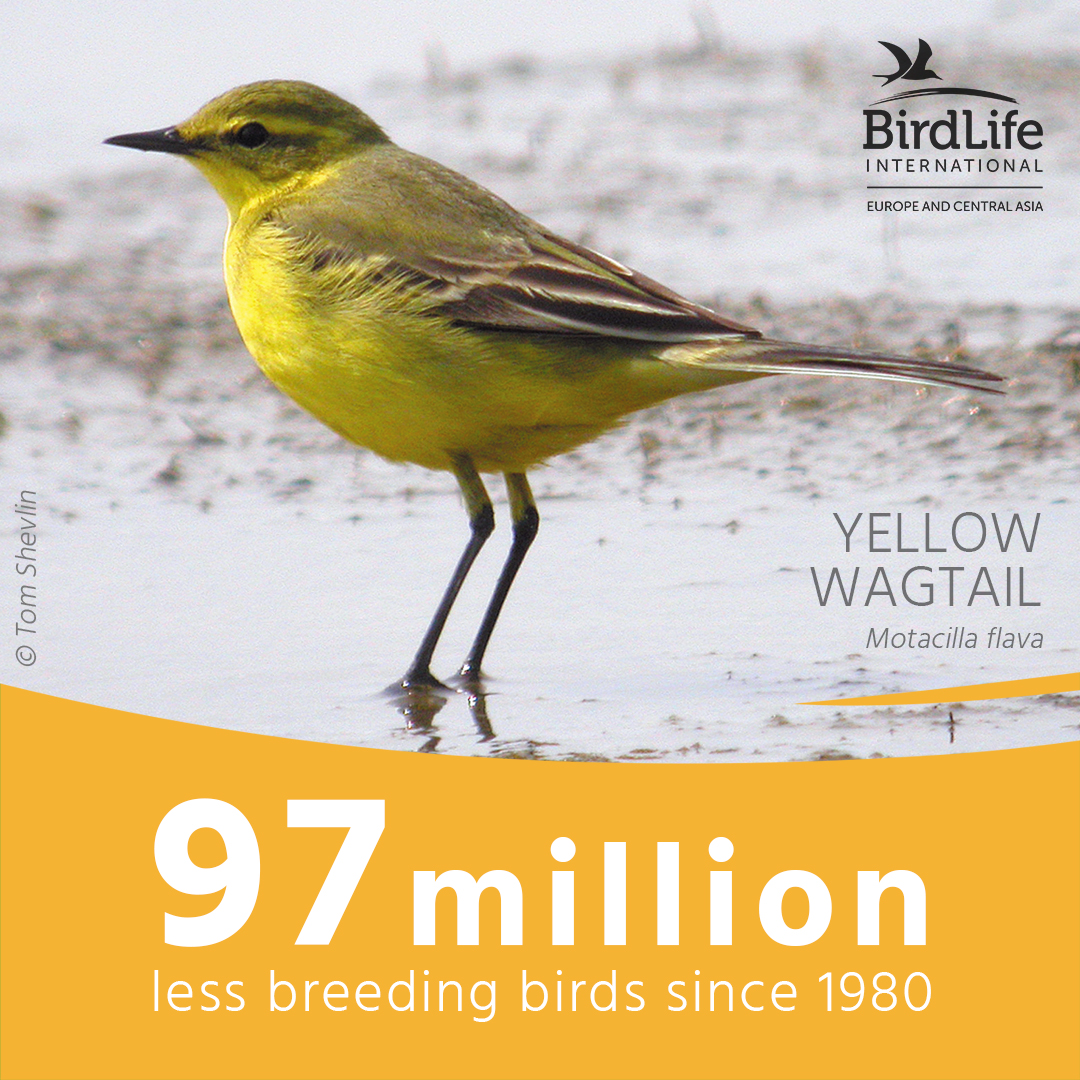
When comparing populations by habitat, the highest total losses were seen amongst farmland and grassland birds. It is widely recognised that changes in farming practices driven by policy are responsible for a precipitous decline in wildlife. As a group long-distance migrants such as willow warbler and yellow wagtail have also declined proportionally more than other groups, as have shorebirds such as lapwing and dotterel.
Whilst much of the decline in bird numbers occurred during the 1980s and 1990s, in the last decade the rate has slowed. In the EU, the Birds Directive and the Habitats Directive provide legal protection to priority species and habitats and have been shown to benefit bird species, as well as enhancing habitat protection.
As an example, seven species of birds of prey have increased in recent decades following increased protection and reductions in pesticides and persecution, as well as from the introduction of targeted recovery projects. Without the introduction of these directives, there is little doubt that declines in many species would have been much worse.
However, this work supports previous research showing substantial recent biodiversity loss. The decline of common and abundant birds shows that further broader scale conservation work is still required. There is an urgent need to conserve birds associated with agriculture, as well as long distance migrant birds across their migratory journeys.
Importantly, the loss of common and abundant species is a concern because it implies damage to our ecosystems and their function, and potentially to the delivery of ecosystem services upon which humanity depends. The dominance of common species means that changes in their populations may have large implications for the health our of our ecosystems.
Anna Staneva, BirdLife Europe Interim Head of Conservation said: “This report loudly and clearly shows that nature is sounding the alarm. While protecting birds that are already rare or endangered has resulted in some successful recoveries, this doesn't seem to be enough to sustain the populations of abundant species.Common birds are becoming less and less common, largely because the spaces they depend on are being wiped out by humans. Nature has been eradicated from our farmland, sea and cities. Governments across all of Europe must establish legally binding targets for nature restoration, otherwise, the consequences will be severe, including for our own species.”.
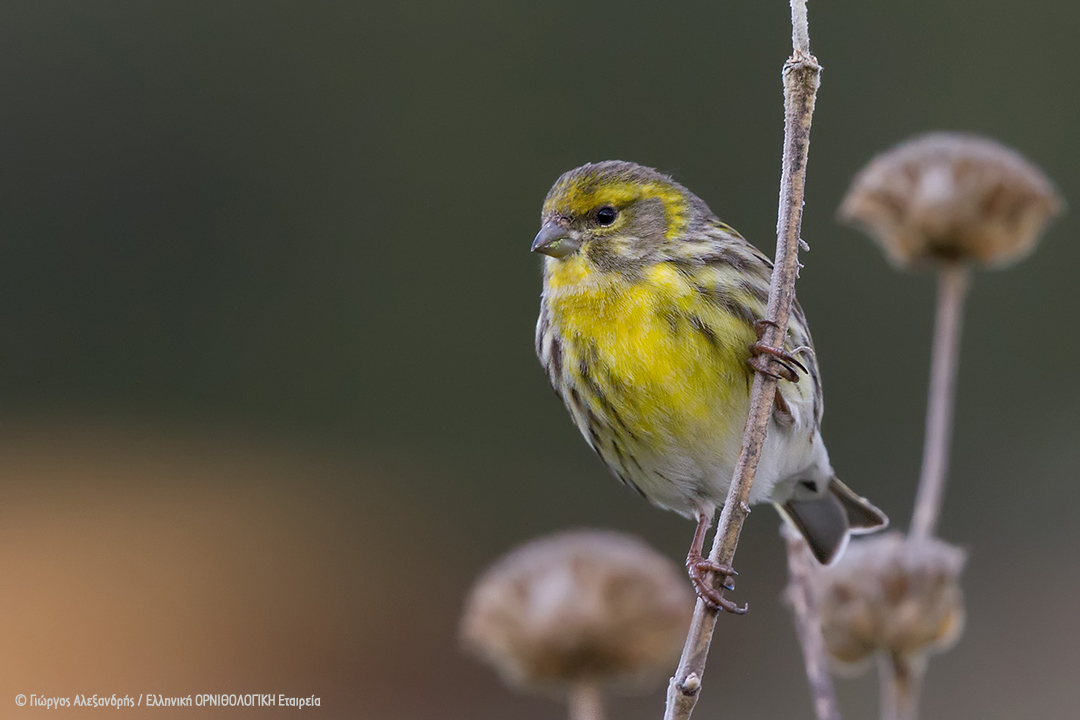
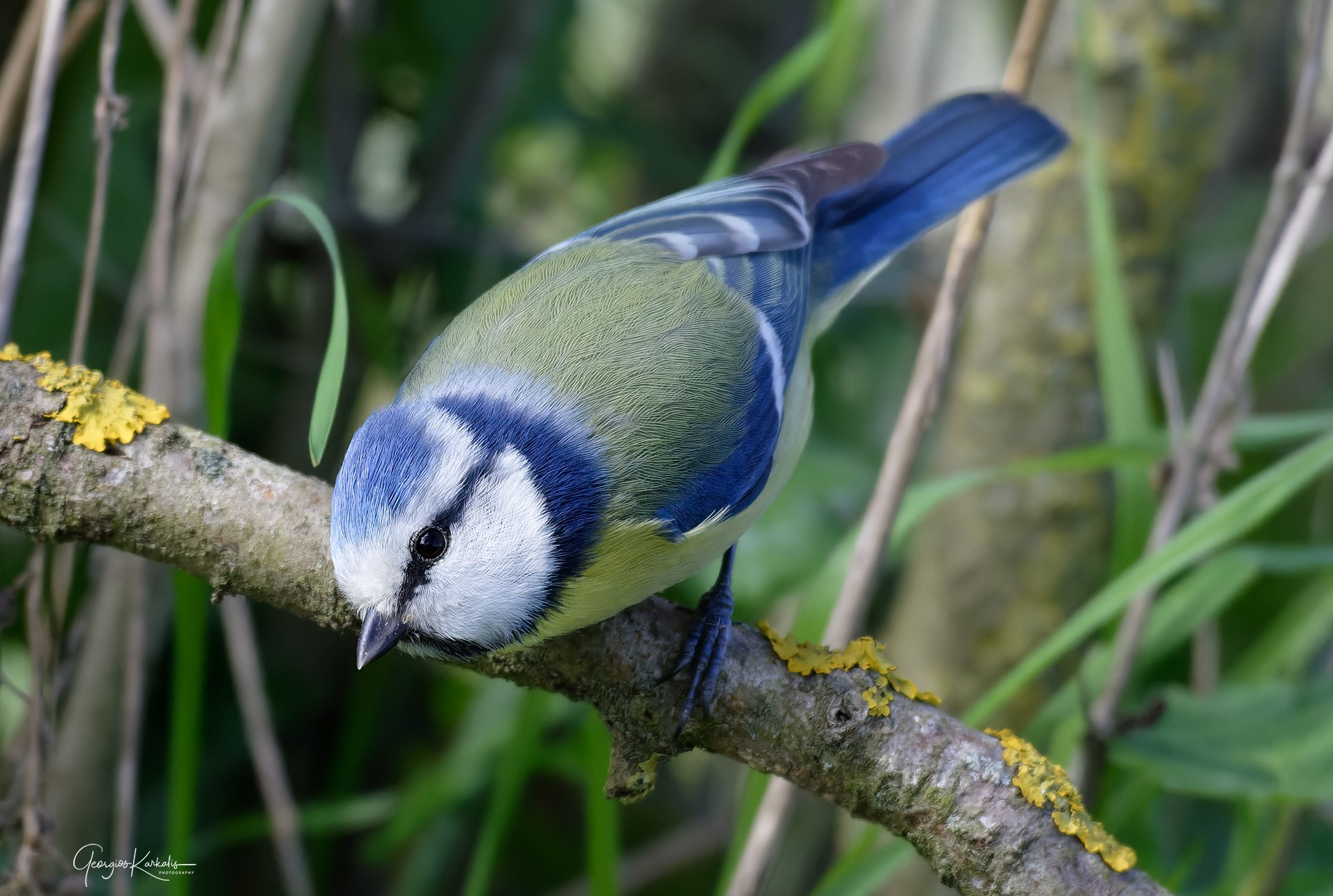
Serin is among the eight species showing the largest declines account for 69% of the decline across all 175 declining species. On contrary the Blue Tit is among the species showing the largest increases
1. The eight species showing the largest declines account for 69% of the decline across all 175 declining species (House Sparrow, Yellow Wagtail, Common Starling, Eurasian Skylark, Willow Warbler, European Serin, Eurasian Linnet, Eurasian Tree Sparrow).
2. The eight species showing the largest increases account for 66% of the increase across all 203 increasing species (Blackcap, Common Chiffchaff, Eurasian Blackbird, Winter Wren, European Goldfinch, European Robin, Common Woodpigeon, Blue Tit).
3. The RSPB is the UK’s largest nature conservation charity, inspiring everyone to give nature a home. Together with our partners, we protect threatened birds and wildlife so our towns, coast and countryside will teem with life once again. We play a leading role in BirdLife International, a worldwide partnership of nature conservation organisations.
4. BirdLife Europe and Central Asia is a partnership of 43 national conservation organisations and a leader in bird conservation. Our unique local to global approach enables us to deliver high impact and long-term conservation for the benefit of nature and people. BirdLife Europe and Central Asia is one of the six regional secretariats that compose BirdLife International. Based in Brussels, it supports the European and Central Asian Partnership and is present in 43 countries including all EU Member States. With more than 4100 staff in Europe, two million members and tens of thousands of skilled volunteers, BirdLife Europe and Central Asia, together with its national partners, owns or manages more than 6000 nature sites totalling 320,000 hectares.
5. The Pan-European Common Bird Monitoring Scheme project commenced in January 2002 as a joint initiative of the European Bird Census Council (EBCC) and BirdLife International. The project has been supported by the Royal Society for the Protection of Birds (RSPB) and funded by the European Commission. The main PECBMS ‘s goal is to use common birds as indicators of the general state of nature using large-scale and long-term monitoring data on changes in breeding populations across Europe. The PECBMS indicators have been accepted as the biodiversity indicators for the EU´s Structural Indicator and Indicators of Sustainable Development of the EU.
6. The European Bird Census Council (EBCC) brings together expert ornithologists to collaborate on bird recording, surveying and atlassing projects right across the continent. Its projects, such as Pan-European Common Bird Monitoring, EuroBirdPortal and the European Breeding Bird Atlas 2, provide robust scientific data to inform research and conservation policy. See more at www.ebcc.info.
7. Paper citation: Burns F, Eaton MA, Burfield IJ, Klvaňová A, Šilarová E, Staneva A, Gregory RD. 2021. Abundance decline in the avifauna of the European Union reveals global similarities in biodiversity change. Available HERE.



